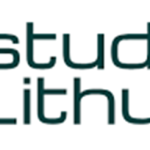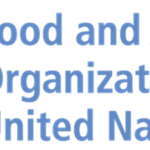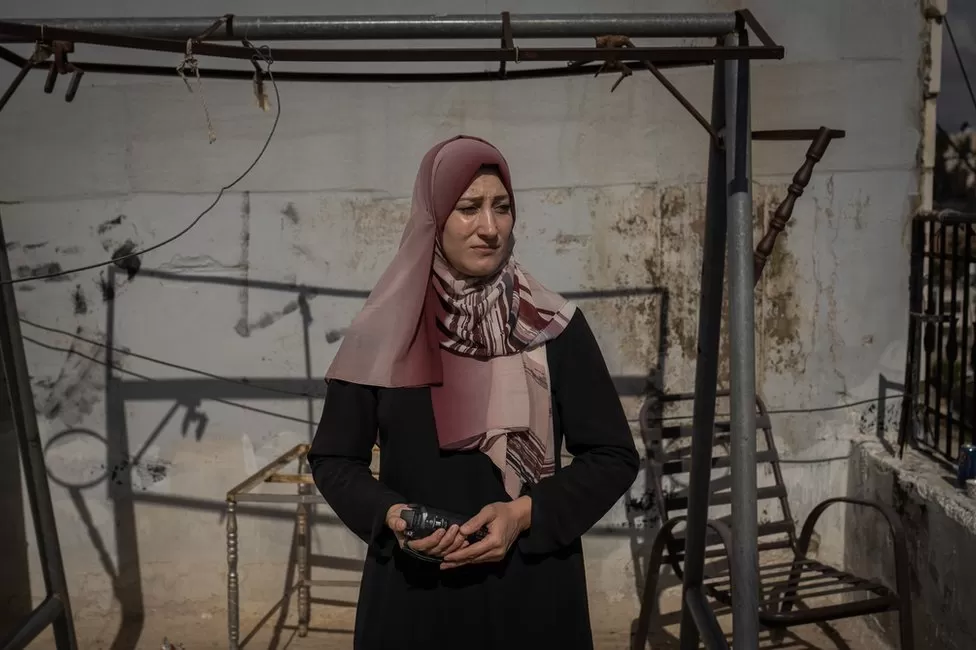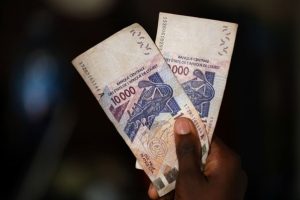Before Qafisha had even adjusted his eyes to the light and spotted us coming down the road towards him, the Israeli soldier had sprung to his feet, raised his rifle halfway and ordered Qafisha back inside.

The falafel cook, aged 52, gestured for us to hurry.
“This is how it is any time we try to open the door now,” he said, as we entered.
“We are not even allowed to stand at our windows.”
Qafisha, who was born and raised in Hebron, in the occupied West Bank, is a resident of H2, a dense and heavily fortified district that is home to 39,000 Palestinians and roughly 900 Israeli settlers considered some of the most extreme in the occupied territory. The Palestinians and Israelis of H2 are separated in some places here by just a few feet, and surrounded by cameras, cages, checkpoints, concrete blast walls and rolls of razor wire.
For more than 40 days now, since the Hamas attack on Israel, 11 Palestinian neighbourhoods within H2 – comprising about 750 families – have been under one of the harshest lockdowns imposed on the area for more than 20 years. H2’s population is almost entirely Palestinian, but the district is under the total control of the Israeli military, which has for the past few weeks been forcing Palestinian residents back inside their homes at gunpoint.
Qafisha and his family of nine had barely left the house, he said. He did not want to take any risks. “You saw what happened when you arrived,” he said. “We have a door we cannot open and windows we cannot look out from. We do not have any freedom. We are living in fear.”

Qafisha’s house sat just off Shuhada Street, once one of the busiest Palestinian market streets in Hebron. In 1994, a massacre of 29 Muslims by a Jewish extremist at a nearby mosque led to riots, which in turn prompted a crackdown by the Israeli army. The army forcibly closed Palestinian businesses and then welded shut the front doors of the Palestinian residents, on the Shuhada Street side.
Since then, the Palestinians of the area around Shuhada Street have lived through shifting restrictions on where they can go, when, and how. Flare-ups in the Israeli-Palestinian conflict have often led to some form of lockdown, but several residents told the BBC that this was the harshest they had ever experienced.
A few hundred feet up the road from Qafisha’s house, Zleekhah Mohtaseb, a 61-year-old former tour guide and translator, was staring down from her rooftop, watching a young Israeli settler shouting to himself as he meandered slowly down Shuhada Street.
Mohtaseb had had spent all her six decades within a stone’s throw of where she stood now, she said. Directly across Shuhada street, no more than 20 feet away, was Hebron Cemetery, where 10 generations of her family were buried. Once upon a time, she could walk straight across the street and into the cemetery. Now it took her an hour by car.
“The settlers,” she said, shaking her head, as the young Israeli walked past her welded-shut front door. “They can do what they want. They are the chosen people.”

Mohtaseb had seen a lot in her lifetime in Hebron, but the past 40 days had been among the most tense, she said. Hours after Hamas attacked Israel, in a murderous rampage that left an estimated 1,200 Israelis dead, Palestinian residents of H2 received messages from the Israeli military telling them that they were no longer allowed to leave their homes. Israeli soldiers began forcing people off the streets at gunpoint, including Mohtaseb. “Those first two weeks were hell,” she said.
Two weeks after it began, the curfew in H2 relented slightly, allowing the Palestinians to leave their homes for certain hours on Sundays, Tuesdays, and Thursdays. Then this past Thursday, as Mohtaseb was preparing to meet us, three Palestinian militants from Hebron attacked an Israeli checkpoint dividing the West Bank from Jerusalem, killing one soldier and wounding five. Immediately, she knew that the attack would prolong and intensify the crackdown in H2.
“Everyone says that Israel has the right to defend herself. Fine. We are not against it. But what about us, the Palestinians?” she said.
“Many times we were attacked, many times we were killed, many times we were forced from our homes. Where was this right to defend when the Palestinians were attacked?”

H2 began life in 1997 when Hebron was divided into two sectors, under an agreement between the Palestine Liberation Organisation and Israel. H1, populated entirely by Palestinians and controlled by the Palestinian Authority, accounts for roughly 80% of the city. H2, which accounts for just 20% of the city, is populated almost entirely by Palestinians but controlled by the Israeli military. Within H2, the area around Shuhada Street and the Ibrahimi Mosque is the most fortified by checkpoints and guard posts. It has seen decades of tension, violence, and terror attacks from both sides.
“This is the closed place inside the closed place,” said Muhammad Mohtaseb, a 30-year-old hospital security guard, sitting on the roof of his house opposite the mosque.
“We are completely surrounded by checkpoints,” he said. “Even on a good day, I cannot drive a car, no car can come in with Palestinian number plates. If I want to bring something to my house, I have to carry it half a kilometre from the checkpoint. When I got married, I bought all new furniture for my bedroom, but I had to take it all apart into pieces on the other side of the checkpoint to get it through the turnstiles, then rebuild it on this side.”
That was a good day. Since 7 October, the freedom even to move around in the street was gone. When we arrived at Mohtaseb’s home, just like at the home of Fawaz Qafisha, a soldier sprang towards the door and ordered Mohtaseb back inside.

Up on the roof, Mohtaseb rolled a cigarette and looked out over the empty streets. With three of his four children out of school – the H2 schools have all been closed – Mohtaseb had been at home and away from work for 40 days. Fortunately for him, his employer had been understanding and was still paying him.
Source: BBC NEWS




















Add Comment